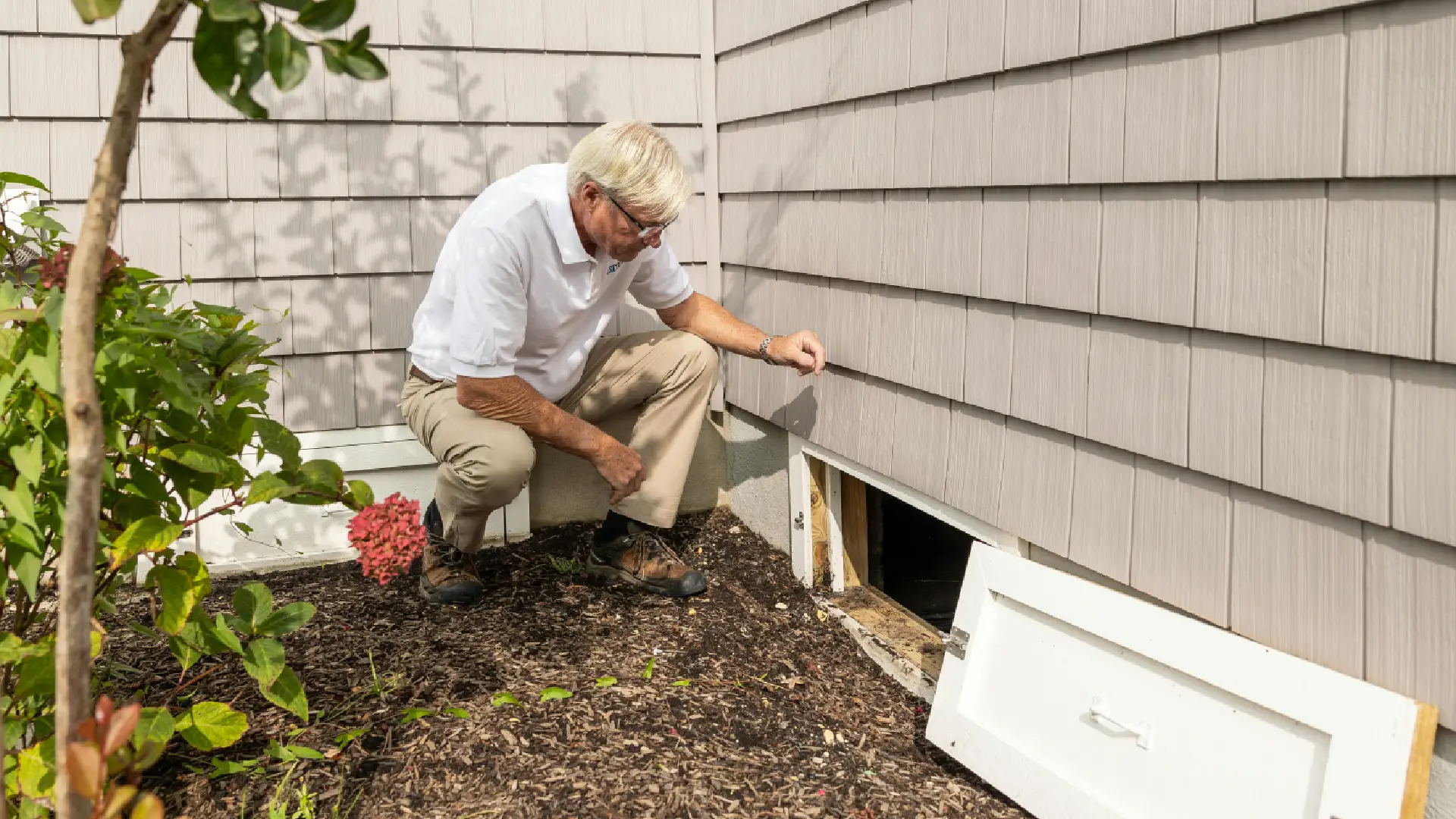
Secrets to Maintaining a Healthy Crawl Space
A crawl space isn’t the most talked-about part of a house, but it’s important to its breathing, draining, and structural stability. If ignored, it can grow into a hidden source of mold, moisture, and air quality issues that will damage the house. Well-maintained crawl areas sustain the building above them, clean the air, reduce repairs, and save energy. Pay attention, care for it, and adopt a few efficient habits that can make a big difference to keep this area in good form.
Moisture Is the Real Enemy
Crawl space moisture is a major issue. It can enter through the ground, unsealed vents, plumbing leaks, or foundation drainage. Dampness indoors promotes mold and wood damage. This invites pests and can cause insulation to slump or break. The air from crawl spaces doesn’t stay put; it rises into living areas. Mold spores and wet air can enter bedrooms, kitchens, and family spaces. The first and most important step to crawl space health is keeping it dry.
Moisture control begins with water source identification. Groundwater can infiltrate through bare soil; thus, vapor barriers might help. A large plastic sheet covers the ground to keep moisture out. Water should also flow away from the home. Rainwater should be directed several feet away from the foundation by gutters, downspouts, and grading.
Ventilation Alone Isn’t Enough
Crawl spaces were once vented to the outdoors to prevent humidity. This seems great, but it often makes problems worse. During humid months, warm air can enter through those vents and condense on the crawl space cooler surfaces. That increases the moisture level. Ventilation alone does not alleviate humidity problems, and in many homes, it often increases them.
Instead, shut crawl space vents and condition the air to better control moisture. Crawl spaces can be cleaned and regulated with encapsulation. Adding insulation, a dehumidifier, and vapor barriers to the floor and walls is typical. This maintains crawl space temperature and humidity, protecting the building and improving indoor air quality.
Keep an Eye on Insulation and Air Leaks
Underfloor insulation is as important as attic insulation. Wet or damaged crawl space insulation loses its effectiveness. Falling fiberglass batts or insulation may indicate moisture or bug damage. Replace old insulation with foam board or spray foam for longer life and improved air leak protection.
Cracks and gaps around plumbing, electrical wires, and ducts let air in. These spaces can be sealed to keep cold drafts, hot air, and pests out of the crawl space and home. These tiny details boost house energy efficiency and comfort.
Pest Prevention Starts Below the Floor
Since crawl spaces are dark and moist, worms thrive, and insects, rodents, and snakes seek shelter and food there. Once in a home, bugs can chew wiring, rip insulation, and leave droppings that pollute the air. Pest prevention begins with regular inspections and access site separation.
Also, avoid leaving organic items like cardboard, wood, or food wrappers from prior repairs. Since bugs like warmth and moisture, a dry, sealed, and debris-free crawl space is less desirable. Some homeowners install insect barriers or traps, but continual monitoring is usually enough to spot difficulties early and prevent infestations.
Don’t Skip Routine Checks
Regular crawl space inspections can save time and money, even when they seem unimportant. Early detection of plumbing leaks, loose vent covers, and moist insulation minimizes larger difficulties. Except in areas with severe rainfall or drainage issues, once or twice a year is enough.
Check for standing water, foundation cracks, musty smells, and mold. If these indicators arise, call a professional to assess and fix the problem. Small issues might become structural or health issues that cost more to fix if ignored.
Protect the Home from the Ground Up
A clean, sealed, and dry crawl space promotes a safer, healthier home above it. It’s a housing part commonly overlooked until it breaks. Staying ahead of moisture, locking out pests, and evaluating insulation and air quality all help prevent problems.
Starting in the crawl space can improve comfort and air quality for homeowners. Never wait for mold, odors, or cold flooring to warn you. Schedule a crawl space inspection and maintenance plan immediately. A well-maintained crawl space makes a home stronger and more comfortable.